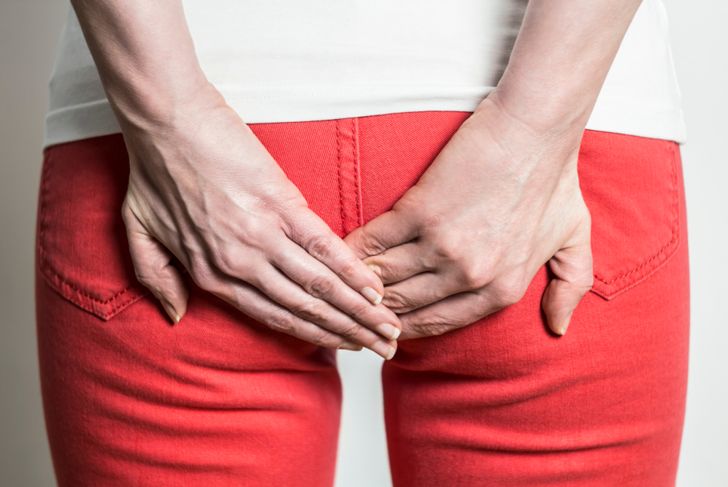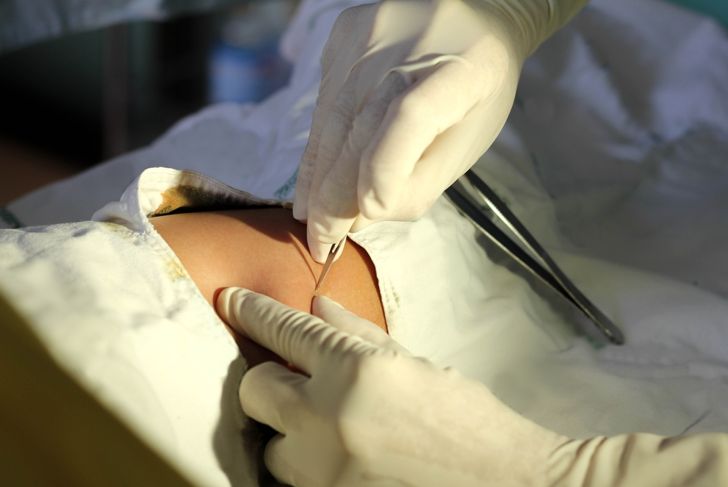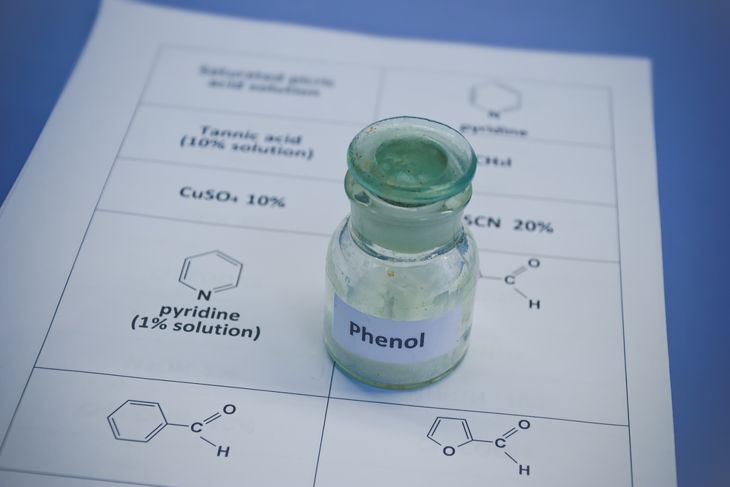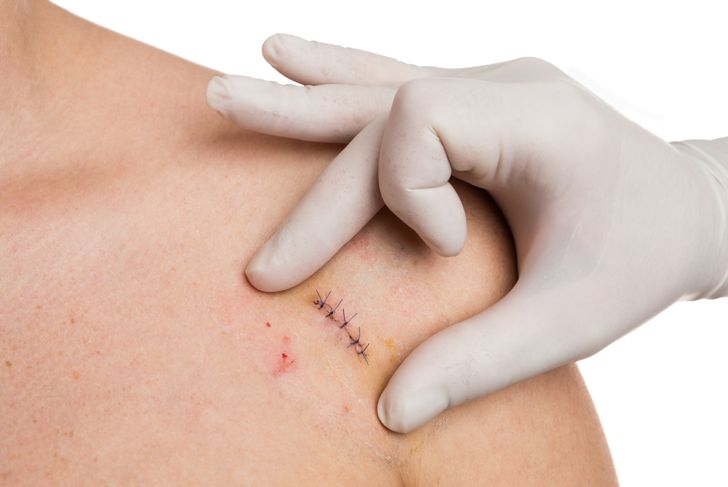A pilonidal sinus, commonly referred to as PNS, is a small hole or tunnel that forms in the skin. Often, this tunnel fills with pus or other fluid, creating an abscess or cyst. Pilonidal sinus occurs quite frequently. Although painful, many different treatment options are available.
What Causes Pilonidal Sinus (PNS)?
Hair, dirt, or debris build-up can lead to the development of pilonidal sinus, a small hole or tunnel in the skin. While this process seems similar to acne, the difference is that acne surfaces, while pilonidal cysts do not. Often, if left untreated, the cyst will continue to grow as it collects more hair, debris, and dirt. This can eventually lead to a massive cyst or abscess that can become painful and swollen.
Untreated Pilonidal Sinus
The cysts that develop in people with pilonidal sinus disease grow at a rapid pace, and can also become infected quite easily, leading to pain and spreading infection. Blood and pus may escape if the abscess or cyst is large enough, and can produce a foul odor.
Who is Most Prone to Pilonidal Sinus?
Men are more prone to pilonidal sinus than women. Some experts believe shaving prevents women from developing the condition as often; clogged hair follicles tend to be the number one reason PNS begins and continues to affect those who do not shave. Additionally, younger people tend to develop PNS more often than older adults. This could be due to an increase in physical activity, which can cause holes and tunnels in the skin. People who sit more often, such as cab drivers and office workers, are also at greater risk.
What are the Causes of Pilonidal Sinus?
While scientists have seen a trend in who is most affected, the exact causes of PNS are unclear. Friction seems to play a role, such as that which results from physical sports. It is also connected to excessive sitting since it forces hair growth to turn back into the follicle to create a bump. A foreign body, even a hair that grows back into the follicle, prompts the immune system to go to work. This leads to a cyst around the area. It is possible to have multiple pilonidal sinus form, connected, under the skin.
What are the Signs of a PNS Infection?
When PNS starts, a person may not initially notice the small, dimple-like mark on the skin. However, as the cyst continues to grow, several signs become visible, particularly when an infection develops. A person with a pilonidal sinus infection may experience pain when sitting, small holes in the skin, pus and blood coming from the wound, a foul odor accompanying any discharge, and sore and red areas on the body. While uncommon, some people may also run a fever.
Conservative Treatment for PNS
When a doctor diagnoses PNS early, and no pain has developed yet, he or she may prescribe a conservative treatment option such as broad-spectrum antibiotics that can treat a wide range of bacteria, including those that cause PNS infections. The antibiotic should relieve discomfort and swelling, and the cyst should go away on its own. The physician may ask for a follow-up exam to ensure the area has fully healed.
Treatment Method: Lancing
Most times, individuals do not realize they have pilonidal sinus until it is too late to treat it with antibiotics. In this case, the doctor is likely to recommend a lancing procedure. A local anesthetic is applied to the area of the cyst. The doctor then uses a scalpel to open the wound and collect the pus and debris inside. Lancing usually requires a healing time of around four weeks.
Treatment Method: Phenol Injection
This treatment is similar to lancing: the physician will inject a local anesthetic, followed by an antiseptic that will harden and close the lesion on the surface. This procedure requires several treatments and has a high reoccurrence rate, making it an unpopular choice for many, though more affordable.
Surgical Options for Pilonidal Sinus
For individuals who have recurring pilonidal sinus issues, a physician is likely to recommend a surgical procedure. After applying a local anesthetic, the surgeon will go in with a scalpel and collect dirt and debris. This process often involves stitches and can leave a scar. The patient must make regular medical visits while the wound is healing.
Preventative Measures
Preventing PNS can be difficult. A physician will likely recommend that maintaining good hygiene practices, including exfoliating the skin. If sitting too often is the cause, he or she may suggest the individual stand more often and prevent causing too much friction to the most affected areas.

 Home
Home Health
Health Diet & Nutrition
Diet & Nutrition Living Well
Living Well More
More




















